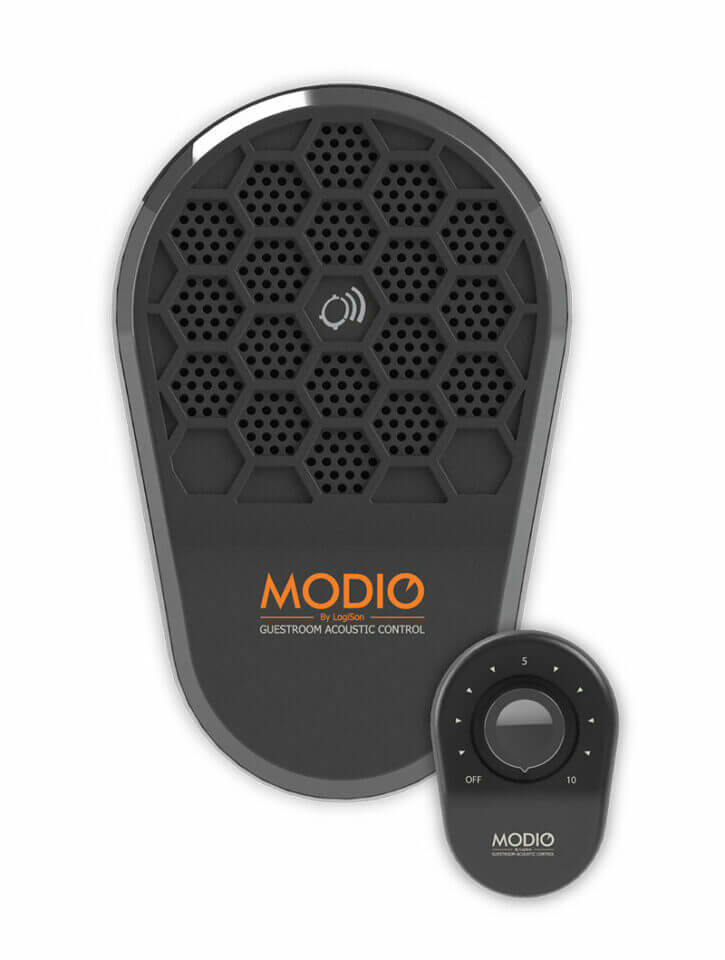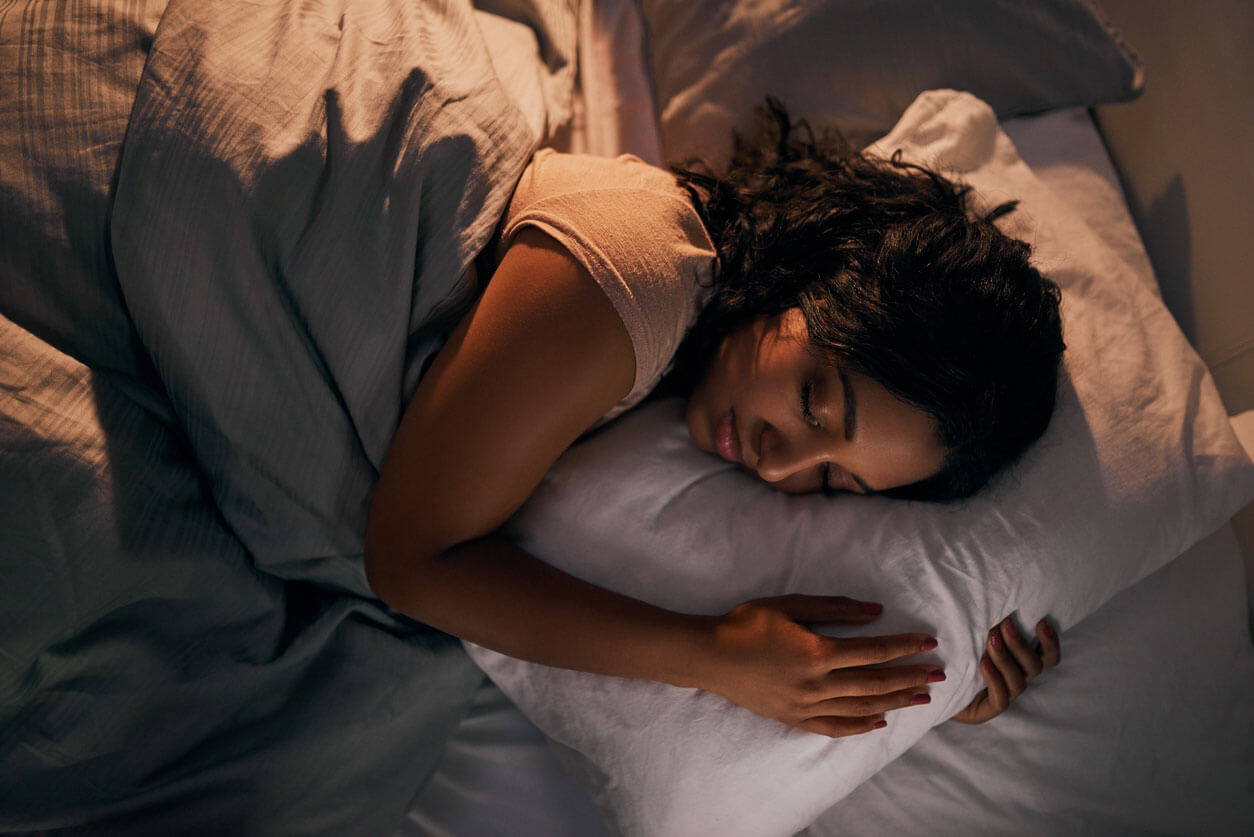For years, guestroom acoustics have created a significant challenge for hotels, with noise regularly topping the list of complaints from economy to luxury properties. Noise irritates guests during the day—interfering with work tasks, relaxation and enjoyment—and impacts their quality of sleep at night. However, the majority do not complain about this problem during their stay, leaving owners and operators in the dark.
The cost to hotels is substantial. Properties try to appease unhappy guests who do complain with discounts and freebies. They lose repeat customers, find it hard to fill certain rooms and suffer negative reviews. Over the long term, they can develop an online reputation for being “noisy,” which affects their ability to gain new customers. In fact, a Tripadvisor survey found 55% of people booking hotel rooms specifically read online reviews mentioning sleep quality before making a reservation.
Given noise is so detrimental to hotels, one may ask why this issue continues to rank among the top complaints across all property types.
Niklas Moeller, VP, K.R. Moeller Associates Ltd., explains, “When it comes to noise, traditional approaches are typically geared towards reduction or elimination. Properties attempt to block noise from entering rooms and to make noise sources within them—such as HVAC, plumbing, and minibars—quieter. The trouble with this tactic is that it’s expensive; it’s impossible to eliminate all noises; and the lower the room’s background sound level becomes, the easier any remaining noises are to hear. As it stands, most guestrooms exhibit very low background sound levels of around 28 to 32 A-weighted decibels (dBA)—very much like a library.”
Sleep studies show it is the degree of change between the room’s background sound level and noise peaks that determines whether or not sleep disruption occurs. The more significant that change, the harder it is for the occupant to “block out” the noise—even while asleep—and the more likely they are to toss and turn, shift to a lighter stage of sleep or fully awaken. “Guests can be made more comfortable by simply taking a step that might initially seem to contradict the goal of reducing noise: increase their room’s background sound level,” Moeller adds.

A higher and more consistent background sound level can easily be accomplished with a commercial-grade sound masking device. Although masking sound is often compared to softly blowing air, unlike ventilation or “white noise,” it actually follows a specific spectrum developed by the National Research Council Canada (NRC) to balance the need for acoustic control with that of occupant comfort. By reducing both the frequency and magnitude of volume changes within the room, sound masking creates a less variable—and, therefore, more comfortable—environment for guests, improving their privacy and quality of sleep.
Data collected from a wide variety of properties under the Hilton, Marriott, Fairmont, Ritz-Carlton, and Dream Hotel brands show that sound masking can reduce noise complaints by up to 85% and dramatically improve guest scores for comfort and sleep. Even in properties exposed to external noises, such as highway, airport or train traffic, sound masking has proven its effectiveness.
Although noise continues to rank among the top complaints in the industry, hotel owners and operators can “sleep easy” knowing they can turn to sound masking to improve their guestrooms’ acoustic performance and, hence, the guest experience.
This information was contributed by K.R. Moeller Associates Ltd., designer and manufacturer of MODIO Guestroom Acoustic Control sound masking technology. To learn more about MODIO, or to request a demo, visit www.modio.audio.
